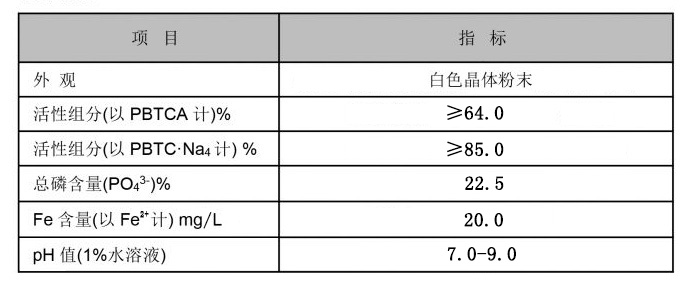Cationic Polyacrylamide - Benefits, Applications, and Uses
Cationic polyacrylamide (CPAM) is a versatile and widely used polymer in various industrial and environmental applications. It is a type of polyacrylamide that has positively charged functional groups, which distinguishes it from its non-ionic and anionic counterparts. This charge characteristic allows CPAM to interact favorably with negatively charged surfaces and materials, making it especially useful in processes such as flocculation, sedimentation, and thickening.
One of the primary applications of cationic polyacrylamide is in the treatment of wastewater. In industrial processes, wastewater often contains a significant amount of suspended solids, organic matter, and other contaminants. CPAM acts as a flocculant, facilitating the aggregation of these particles, which can then be easily removed from the water. The positive charge of CPAM enables it to bind with negatively charged particles, thus promoting the formation of larger flocs that settle quickly. This application is particularly crucial in industries such as paper manufacturing, mining, and food processing, where large volumes of wastewater are generated.
Moreover, CPAM is used in the oil and gas industry for enhanced oil recovery (EOR) techniques. In this context, the polymer helps to improve the viscosity of water injected into oil reservoirs, allowing for a more efficient displacement of oil towards extraction points. By improving the flow characteristics of the injection water, cationic polyacrylamide enhances recovery rates, making oil extraction processes more economical and effective.
cationic polyacrylamide

In addition to these industrial applications, CPAM also has significant uses in agriculture. It can be employed as a soil conditioner, improving soil structure and enhancing water retention. By applying CPAM to the soil, farmers can promote better root development and increase crop yields. This property is especially valuable in arid and semi-arid regions where water conservation is critical.
While cationic polyacrylamide offers numerous benefits, it is essential to consider its environmental impact. Some studies suggest that excessive use of CPAM, particularly in large quantities, can lead to adverse effects on aquatic ecosystems. Therefore, appropriate handling, application rates, and disposal methods should be observed to minimize any potential ecological risks.
In conclusion, cationic polyacrylamide is a powerful and versatile polymer with a wide range of applications across various fields, including wastewater treatment, oil recovery, and agriculture. Its ability to enhance flocculation and sedimentation processes makes it an invaluable tool for industries dealing with high volumes of waste. As with any chemical agent, responsible usage and environmental considerations must guide its application to ensure sustainable practices. Overall, CPAM represents an important development in the realm of materials science and environmental stewardship, contributing to both industrial efficiency and agricultural productivity.
-
Understanding Polycarboxylic Acids: Properties, Applications, and Future PotentialNewsJul.28,2025
-
Scale Inhibitor Explained: How to Protect Your System from Limescale and Hard Water DamageNewsJul.28,2025
-
Scale and Corrosion Inhibitors: Essential Chemicals for Industrial Water System ProtectionNewsJul.28,2025
-
Polyaspartic Acid: A Biodegradable Polymer for Sustainable ChemistryNewsJul.28,2025
-
Isothiazolinones: A Versatile Antimicrobial Class with Industrial Power and Regulatory ChallengesNewsJul.28,2025
-
A Deep Dive into 2-Phosphonobutane-1,2,4-Tricarboxylic Acid (PBTC)NewsJul.28,2025





